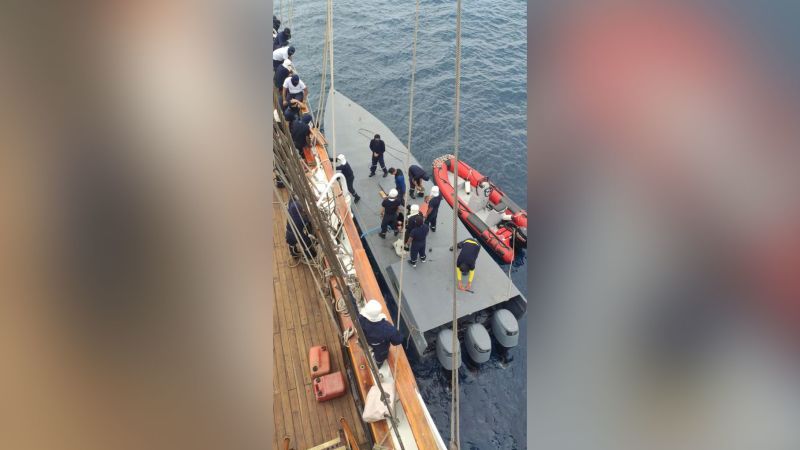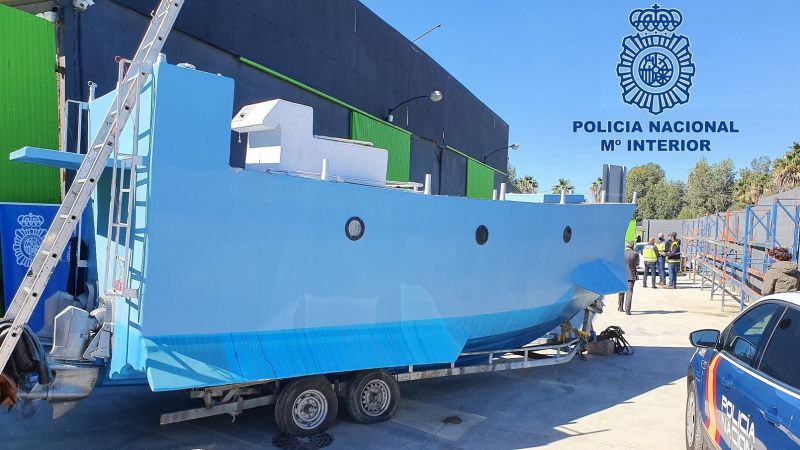Jabberwocky
Frumious Bandersnatch
NoCookies | The Australian
In a craggy bay early one morning last year, police watched three men clamber from the hatch of a curious vessel barely breaking the surface of the Atlantic Ocean.
The 20m craft slowly sank as the men swam ashore, where officers grabbed two of them. Police struggled for two days to tow their waterlogged quarry to port, where they found roughly three metric tonnes of cocaine onboard, worth some $US100m ($141m).
For the first time, they had captured a formidable vessel in drug runners’ flotilla: a trans-Atlantic “narco-submarine”. South America is awash with cocaine, and traffickers are turning to new ways of getting it to Europe, which the U.S. Drug Enforcement Administration says may have surpassed the U.S. as the world’s largest market.
Narco-subs have ferried cocaine from Colombia to Central America since the 1990s and recently proliferated. Rarely true submarines, they are generally semi-submersibles that float mostly but not completely below the waterline and are nearly undetectable. Most are built out of sight in South American jungles for around $US1m apiece.
The November discovery off Spain’s northwestern coast was the first confirmation of persistent rumours that they can also reach Europe, where the bulk of cocaine arrives hidden in container ships at major ports.
Narco subs are generally semi-submersibles that float mostly but not completely below the waterline and are nearly undetectable.
Last edited by a moderator:






